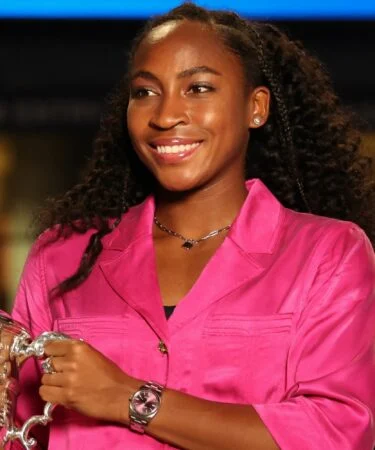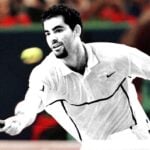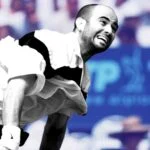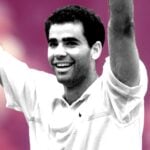“She had this belief that clay is not for me.” Coaches Dubrov, Stacy explain Sabalenka’s evolution on clay
How the Belarusian became a world-beater on clay as well as hard courts
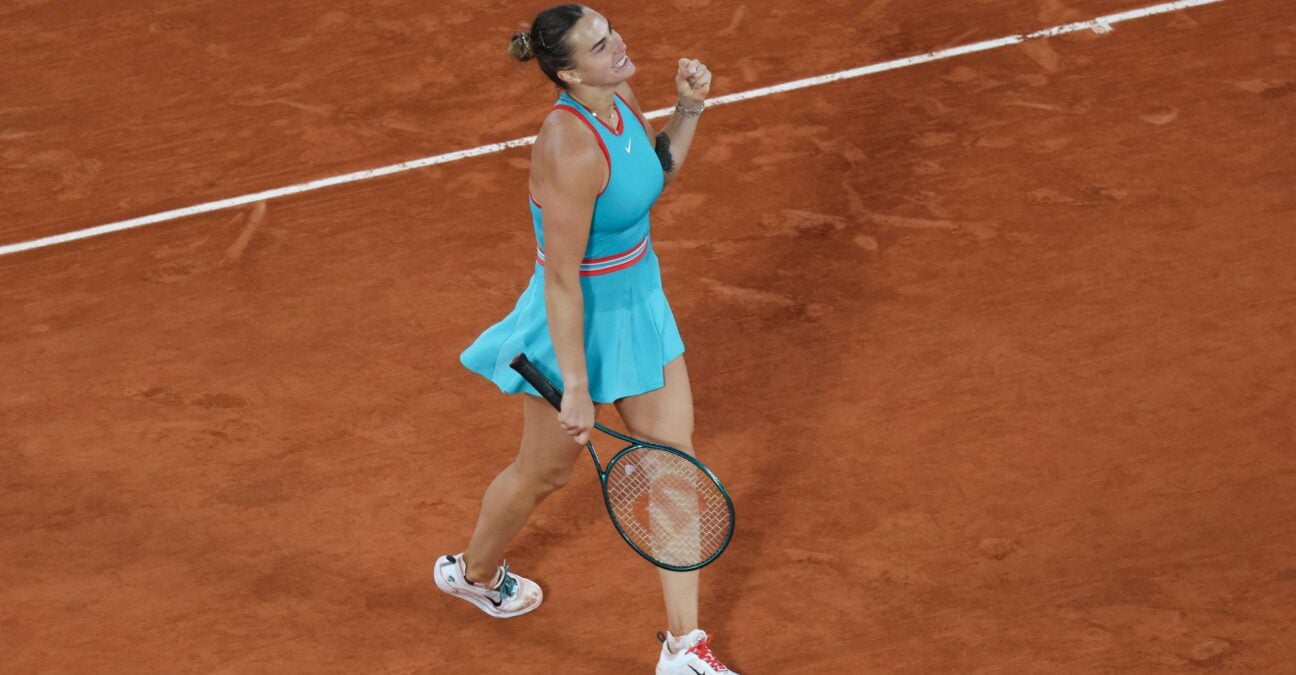 Aryna Sabalenka, Roland-Garros 2025 – © Michtof / Psnewz
Aryna Sabalenka, Roland-Garros 2025 – © Michtof / Psnewz
In her first five visits to Roland-Garros, Aryna Sabalenka‘s record was not pretty, winning just seven matches as she failed to make it past the third round.
Her improvement in the past few years, though, has been speedy, reaching the semi-finals in 2023, the quarters in 2024 and now, for the first time, she is through to the final.
So dominant on hard courts, where she has won all three of her Grand Slam titles, Sabalenka will go into the final as the favourite against world No 2 Coco Gauff, but Anton Dubrov and Jason Stacy, her coaches, said the Belarusian had to learn how to trust herself on the clay.
“(The first) task was kind of to believe that she can do it,” Dubrov told reporters at Roland-Garros on Saturday. “So we have to show her the way how she needs to do it. Then it was more about the patience to keep doing it and trust the process that she’s actually able to, first of all, fight on this surface and then get some wins.
“As a player you usually develop from both sides. And the process is still there, so it’s never going to end until the end of the career.”
Stacy said Sabalenka needed to be convinced she could play on clay.
“The biggest obstacle initially was just that her whole life previous, before we started helping her out, (she) was just, ‘oh, clay is not going to be for you, you can’t do it, you can’t do it’,” he said. “She had this sort of belief about herself that, OK, clay is not for me. But we were like, but why not?”
Adding variety an important part of the journey
Sabalenka has always been blessed with raw power and as she learned to harness it, as well as fixing a malfunctioning service action a couple of years ago, she added the consistency that helped her to reach the world No 1 spot and win Grand Slam titles.
On clay, in particular, Sabalenka has also added variety to her game, bringing in the drop shot to take her to the next level.
“It was just part of the journey how we can develop her as a better player overall,” Dubrov said of the change. “It’s more like you’re hitting great, unbelievable. What else? We need to open angles more. What else? What else? If you push your opponent more back, you can use more drop shots. Great. If you see some short balls, you can finish more on the net.
“It’s still a process. Drop shots are just one (part) of it. There’s still so many things that I see we can improve. It’s just like a journey of the player. As I said to her, we always need to find what she can do better, and it should be just the process the whole career.
Stacy said it was important for Sabalenka to buy into every addition to her game.
“The goal always has been, whether it’s mental, physical, tactical, technical, is that we understand what her limiting factors might be for what we’re trying to achieve, and we see where she’s at now, and we want to make sure whatever level she’s at, she owns that level,” he said.
“She’s really fine-tuning and really owning that level and we’re already looking at that two or three things that might be the next priority. As she’s progressing through that level and really owning that position, we decide, OK, well, this is the next little layer we’re going to add.
“It’s always just these little layers that we’re constantly adding, but before adding too much, we’re always making sure she owns it, and then we move on from there. That’s why it’s just her. It’s always coming from her. Our goal is to sustain the high performance, not just to be a one-hit-wonder-type thing.”







